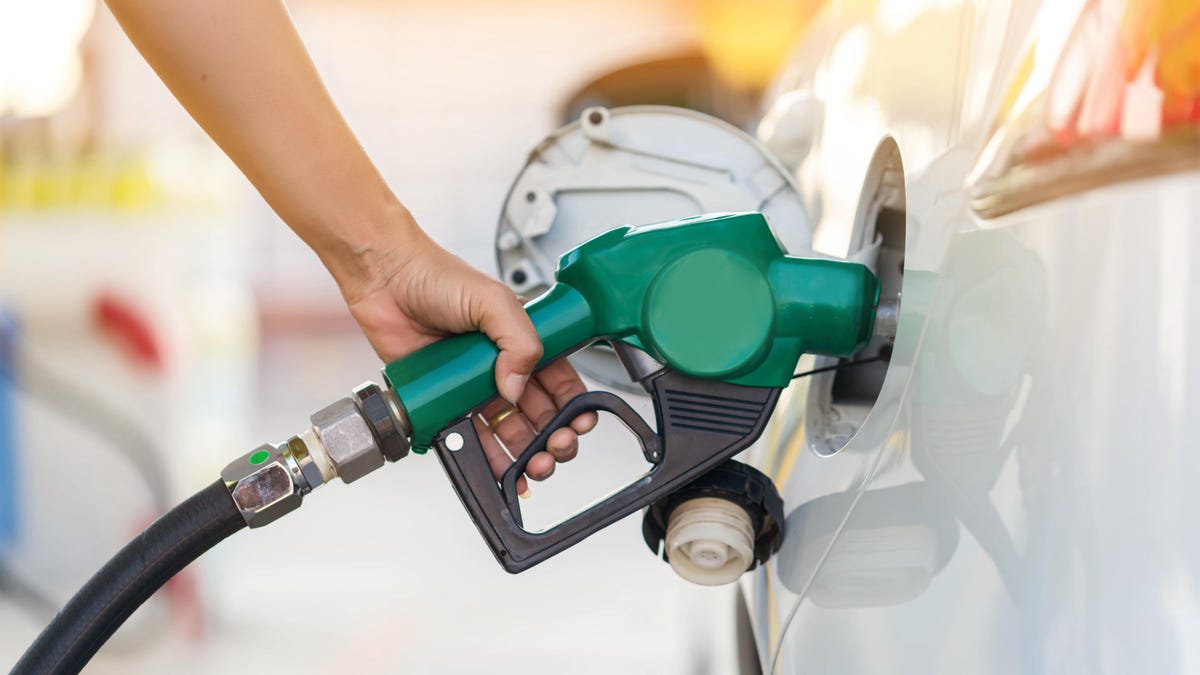Why You Shouldn’t Top up Your Gas Tank

Stopping at a gas station to fill up your car is inconvenient, especially when you have to wait for gas or go out of your way to find a place to fill up. So, to make the most of the gasoline in your tank, you can top it up after stopping the pump.
But according to experts at Consumer Reports and the American Automobile Association (AAA), putting a few extra drops in the tank is a bad idea. Here’s what you need to know.
Why you shouldn’t top up your gas tank
Even if you’ve been filling up your gas tank for decades without a problem, car experts have identified three reasons why you might want to break the habit:
It may damage your car
“There’s a lot more going on in a car’s gas tank than just the tank,” says John Ibbotson, chief mechanic at Consumer Reports . “Fuel systems have become more sophisticated over time to meet increasingly stringent emissions laws.”
Specifically, Ibbotson is referring to the on-board evaporative recovery (ORVR) system, which consists of a charcoal canister that collects fuel vapor as the vehicle is refueled and then absorbs it through activated carbon. Not only does this help reduce hydrocarbon emissions by about 95 percent , but it also helps capture those vapors and burn them as useful fuel.
ORVR systems have been around since the 1970s, but in the 1990s the Environmental Protection Agency (EPA) made them mandatory on virtually all new vehicles, phasing in the requirements between 1998 and 2006.
When the fuel pump shuts off on its own but you top up the tank anyway, the excess fuel can saturate the charcoal canister, causing the check engine light to turn on and potentially damaging the system. Avoidable repairs can cost hundreds of dollars , Ibbotson said.
Additionally, when the ORVR system is full of fuel, your vehicle may emit more hazardous fumes than normal and this may result in poor gas mileage according to AAA .
You are losing money
There are also regulations that require pumps at gas stations to have their own vapor recovery systems to prevent vapors from contaminating the air and spilling excess gas onto the ground or the consumer. According to the experts at AAA , this is what causes the pump to shut off when your tank is full.
When this happens and you decide to top up the tank, the excess fuel is sucked back into the pump. In other words, you’re paying for gas you can’t use.
It may harm the environment
If you try to add water to your reservoir and end up spilling the flammable liquid on the ground, it can contaminate groundwater, surface water, soil and air through evaporation .